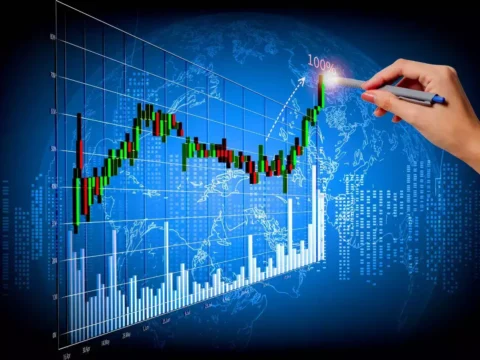Contents
Australia CPI witnessed a tempering in its monthly inflation gauge in October, signaling a potential shift for the Reserve Bank in reconsidering interest rate decisions.
The consumer price indicator climbed 4.9% from a year earlier, marking the initial reading for the fourth quarter, slightly below economists’ projections of 5.2%, as indicated by the Australian Bureau of Statistics data released on Wednesday.
Key Highlights:
- Australia’s October Inflation: Slowed to 4.9% from a year earlier.
- RBA’s Reaction: Raised rates earlier this month to combat persistent inflation.
- Market Response: Bond yields dropped; expectations of future rate hikes reduced.
- Bloomberg Economics Insights: Suggest a possible end to the RBA’s rate-hiking cycle.
- Global Context: Similar trends in the US and euro zone imply no further rate hikes.
- Labor Market Stability: Australia’s tight labor market continues to support spending.
- Inflation Contributors: Housing up 6.1%, food and transport costs surged, while automotive fuel moderated.
RBA’s Response and Australia CPI Impact
Earlier this month, the RBA increased rates amid persistent inflation and the economy displaying more resilience than anticipated. Currently resting at 4.35%, this marks a 12-year high for the cash rate.
Following the release of the data, the yield on the three-year bonds, sensitive to policy changes, witnessed a decline. Traders adjusted their expectations, trimming bets on another RBA move next year. Pre-release estimations of a 70% chance for a hike in 2024 dropped to around 50%.
Read More: Australian Inflation: Strong Argument for Interest Rate Halt
Insights Into Australia CPI Economics
According to economist James McIntyre, the significant slowdown in October’s inflation might signal the conclusion of the RBA’s cycle of rate hikes. Despite this, the central bank is anticipated to maintain a hawkish stance in the upcoming meeting on December 5 to sustain pressure on inflation expectations.

Global Context and RBA’s Decision
This report aligns with similar trends in the US and the euro zone, indicating minimal annual increases in inflation since early or mid-2021. Such data strengthens the sentiment that these jurisdictions might not see further rate hikes.
The impending RBA meeting on Tuesday will consider this latest data, likely influencing the board’s decision to hold rates steady.
Impact on Labor Market and Spending
Australia’s labor market remains robust, with consistent hiring and a jobless rate holding between 3.4-3.7% since June last year. This stability has contributed to supporting spending and price levels.

Key Findings from Quarterly Australia CPI Report
Major contributors to inflation include housing, with a 6.1% increase, food and non-alcoholic beverages up by 5.3%, and a 5.9% surge in transport costs. Notably, automotive fuel prices moderated, rising by 8.6%, a slowdown from September’s 19.7% spike.
This report stands as a crucial piece of information for RBA Governor Michele Bullock ahead of the policy meeting next week.
In-Depth Analysis of Price Movements
The report delves into various sectors, showcasing movements such as:
- Housing: Up by 6.1%
- Food and non-alcoholic beverages: 5.3% higher
- Transport: A 5.9% increase
- Automotive fuel: Rose by 8.6%, decelerating from September’s surge
Conclusion
Australia’s latest inflation report presents a scenario signaling potential stability, prompting considerations for the Reserve Bank’s stance on interest rates in the forthcoming meeting. The global context and domestic economic indicators will likely shape the RBA’s decision-making process, impacting various sectors of the economy.








